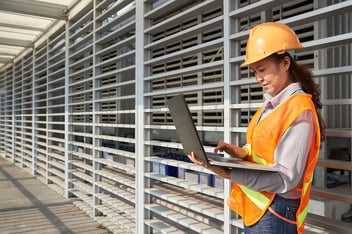Virtual Reality (VR) and Augmented Reality (AR) technologies have made significant advancements in recent years, revolutionizing various industries, including construction. These immersive technologies have the potential to transform the way construction projects are planned, designed, visualized, and executed.
In this blog post, we will delve into the applications of VR and AR in the construction industry and shed light on important considerations for their adoption. But before we do that, let's start with a basic understanding of what VR and AR are all about and how they work.
What is Virtual Reality?
Virtual Reality (VR) is a technology that creates a simulated, immersive environment or experience. It uses computer-generated graphics, audio, and sometimes haptic feedback to simulate a realistic three-dimensional environment that can be explored and interacted with by the user.
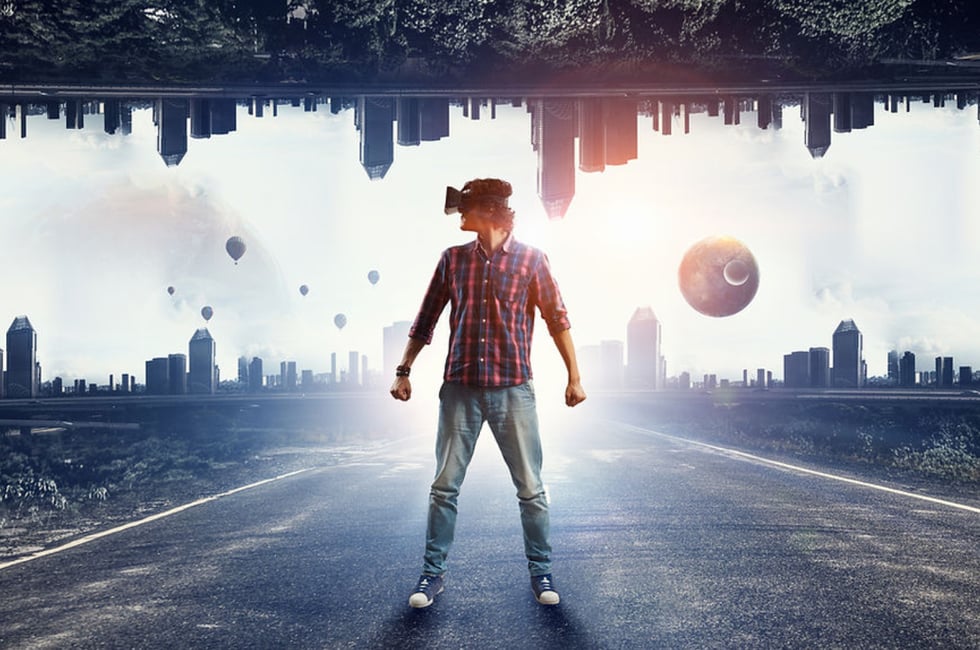
To achieve this, VR typically relies on headsets or goggles that users wear, which track their head movements and adjust the virtual environment accordingly. This creates a sense of presence, making users feel as though they are truly present within the virtual world.
VR can be used for various purposes, including entertainment, training, education, and design visualization.
What is Augmented Reality?
Augmented Reality (AR) is a technology that overlays digital information and virtual objects onto the real world. Unlike VR, which immerses users in a completely virtual environment, AR enhances the real world by adding virtual elements to it.

AR can be experienced through devices like smartphones, tablets, or dedicated AR glasses, which use cameras and sensors to perceive the real world and overlay digital content onto it in real-time. This allows users to see and interact with virtual objects, information, or graphics that appear as if they are part of their physical surroundings.

AR has a wide range of applications, from gaming and entertainment to education, remote collaboration, and interactive design. It enhances the user's perception and understanding of the real world by supplementing it with relevant and contextual digital content.
Applications of VR/AR in Construction
Now that we know what VR and AR are all about, let's dive into how they can impact the construction industry across various applications.
Virtual Design and Visualization
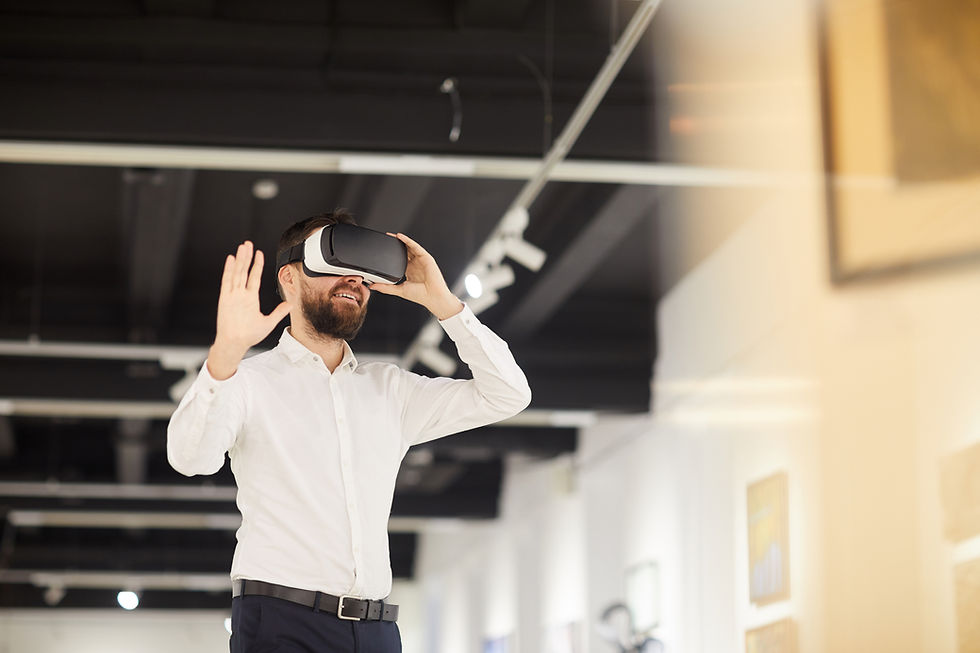
VR and AR technologies enable architects, engineers, and construction professionals to create virtual 3D models of buildings and infrastructure. By immersing themselves in a virtual environment, stakeholders can better understand spatial relationships, identify design flaws, and explore alternative solutions. VR and AR visualization tools facilitate effective communication, allowing clients to visualize the final product before construction even begins.
Enhanced Safety Training and Simulation
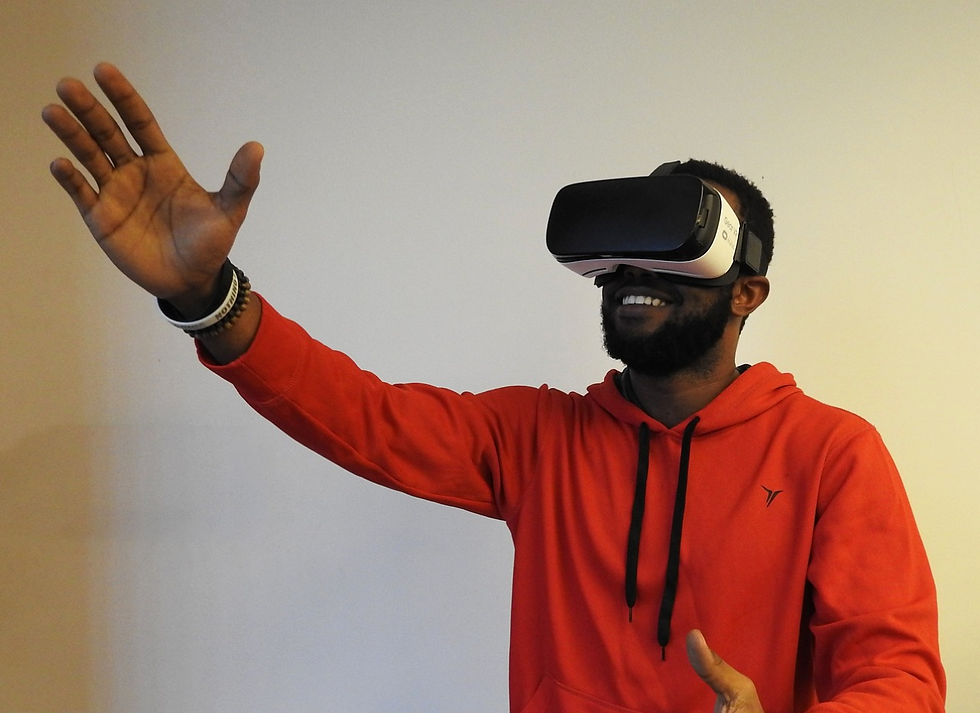
VR and AR offer a unique opportunity for construction companies to enhance safety training programs. Immersive simulations can recreate hazardous scenarios and provide hands-on training experiences without exposing workers to real-life risks. Construction workers can practice safety procedures, equipment operation, and emergency response in a controlled virtual environment, promoting safer practices on-site.
On-Site Construction Support
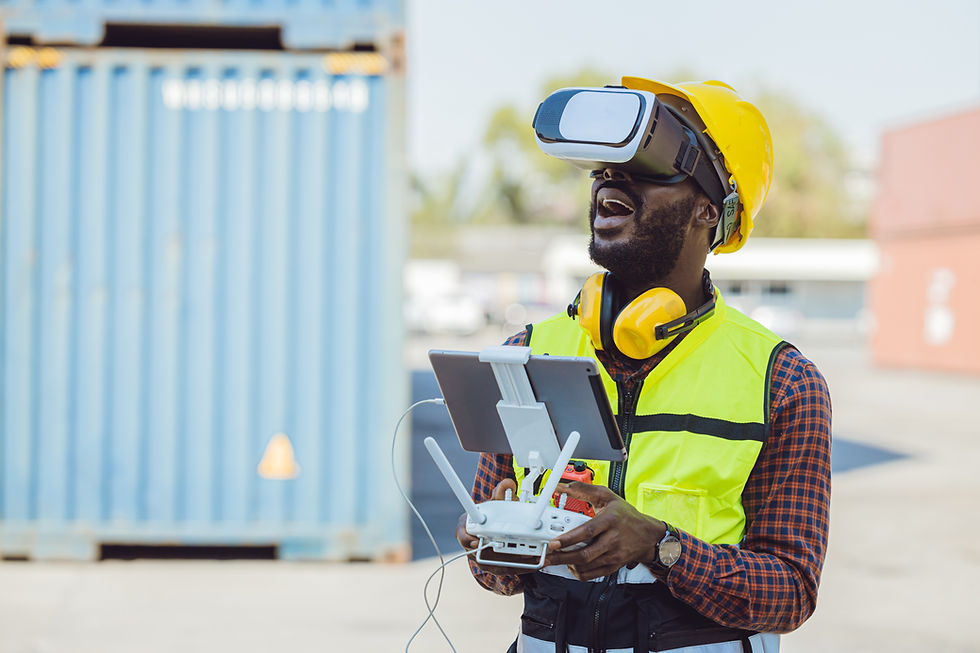
AR applications can provide on-site construction support by overlaying digital information onto the real world. Construction workers equipped with AR devices can view real-time data, such as building plans, equipment specifications, and safety instructions, directly in their field of view. This technology improves accuracy, reduces errors, and enhances productivity by offering real-time guidance and information.
Remote Collaboration and Project Management
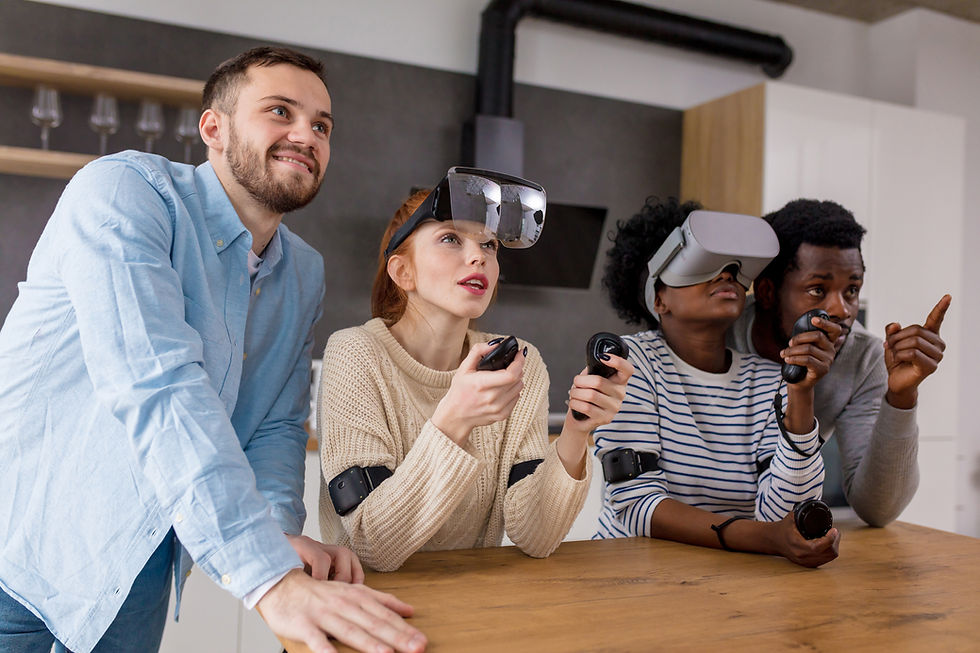
VR and AR facilitate remote collaboration among project stakeholders, regardless of their physical locations. With virtual meeting rooms and shared immersive environments, architects, engineers, clients, and contractors can collaborate on project designs, make real-time modifications, and resolve issues efficiently. Additionally, project managers can use AR to track progress, monitor schedules, and overlay digital information on physical structures for quality control.
Considerations and Warnings for Adoption
As exciting as these technologies are, there are still a number of important considerations and hurdles to overcome in order for them to become truly successful across the construction industry.
Cost and Implementation Challenges
Implementing VR and AR technologies requires an initial investment in hardware, software, and training. Construction companies need to carefully assess their budget, infrastructure readiness, and technological capabilities before embarking on adoption. Additionally, integrating these technologies into existing workflows and processes may pose challenges, requiring careful planning and change management.
Data Security and Privacy
As with any digital technology, data security and privacy should be a primary concern. VR and AR applications often require the collection and storage of sensitive project data. Construction companies must implement robust security measures, encrypted connections, and strict access controls to safeguard this information from unauthorized access or potential breaches.
Training and Skill Development
Introducing VR and AR technologies to construction teams necessitates proper training and skill development. Employees must familiarize themselves with the hardware, software, and user interfaces to leverage the full potential of these tools. Investing in comprehensive training programs and providing ongoing support is crucial to ensure a smooth transition and maximize the benefits of these technologies.
Balancing Real-world and Virtual Environments
While VR and AR provide immersive experiences, it is important to strike a balance between virtual and real-world interactions. Over-reliance on virtual simulations may inadvertently detach workers from the actual construction site, potentially compromising on-site safety and problem-solving skills. Maintaining a healthy equilibrium between virtual and physical experiences is key to successful adoption.
Final Thoughts
Virtual Reality and Augmented Reality offer tremendous potential for the construction industry, enhancing design visualization, safety training, on-site support, and remote collaboration. However, construction companies must carefully consider the associated costs, implementation challenges, data security, training requirements, and maintaining a balance between virtual and real-world environments.
By embracing these technologies mindfully, construction firms can unlock new opportunities for innovation, efficiency, and improved project outcomes.
But remember, successful adoption of VR and AR in construction requires careful planning, evaluation, and ongoing assessment to ensure the best fit for each organization's unique needs and goals.





